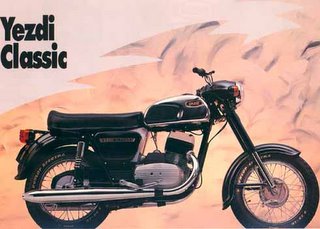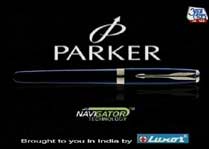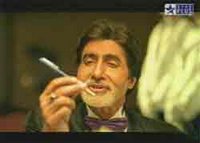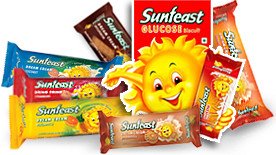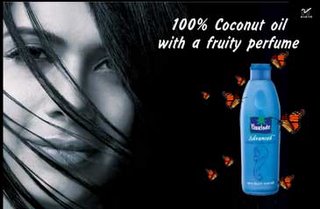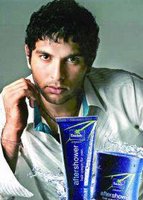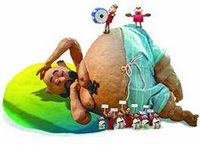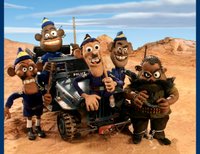
Company : TATA
Agency: O&M
Indian Watch industry is estimated to be around 1600 crores and Titan is riding on top of it with a market share of over 50%.
This is a super brand that has changed the way we look at ( or wear) watches. A marketing success story, Titan is a brand that will be of interest to most of the marketers.
 Titan , a brand from TATA was launched in 1987. During that time Indian watch market was dominated by HMT . At that time watches were seldom stylish and was catering to the basic need of knowing the time. Titan changed all that. With its stylish watches and smart advertising ,Titan took the market by storm. Titan infact changed the way watches was manufactured and marketed in India.
Titan , a brand from TATA was launched in 1987. During that time Indian watch market was dominated by HMT . At that time watches were seldom stylish and was catering to the basic need of knowing the time. Titan changed all that. With its stylish watches and smart advertising ,Titan took the market by storm. Titan infact changed the way watches was manufactured and marketed in India.HMT , a public sector company seldom bothered to respond.
Titan initially pioneered the concept of " Gifting watches". The ads captured the essence of gifting and a
 long with the trendy music, easily caught the imagination of the market.
long with the trendy music, easily caught the imagination of the market.Customers who were fed up with ugly time machines welcomed the brand and Titan had a dream run for many years.
Titan faced lot of problems later when the competition began to eat up the lower end of the market. Besides that, there was another problem. The brand was lacking innovation. To be more precise, the customers were bored by Titan.There was nothing new. Gifting proposition was no longer working .
During this period, Titan made a big mistake. It wanted to play the volume game. For that Titan launched another brand Sonata. Sonata was a huge success because it was a cheap product but at the cost of the mother brand Titan. Titan was perceived to be a premium brand but with Sonata ( at that time " Sonata from Titan") endorsed by Titan took away the premium image from the mother brand. It was a big costly mistake.
Titan realised this mistake and took away the Titan brand from Sonata. Now Sonata is endorsed by Tata not Titan.
Titan realising that the market wanted something to be excited about watches began an extensive marketing campaign. Titan carefully segmented the market and developed different subbrands for each segment. Sub brands like Edge, Steel, Dash, Nebula , Classique, Royale, Fast Track , Raga, and the recently launched Wallstreet . By having various products / models and subbrands, Titan was able to create freshness about the brand.
Titan also moved away from gifting . Titan was positioning itself as a fashion accessory rather than a time keep
 ing device.
ing device.Titan also found its persona in Aamir. Aamir provided the much needed edge to the brand. Titan was careful in keeping the brand above the celebrity.
The ads were fresh and neatly executed.
Titan also was pushing another strategy . Watches was perceived as a one time buy and consumers seldom owned multiple watches. So Titan pushed the concept of " Matching Watches to Clothes" in the recent commercials.
Since men are becoming more serious customers of fashion accessories, this is strategy that is worth trying out. For Titan, even if the concept fails, It has created the much needed freshness in the brand.
Titan also made its presence in the ladies watch segment. It have a sub brand Raga targeting the upwardly Mobile
 e ladies in the premium segment.
e ladies in the premium segment.